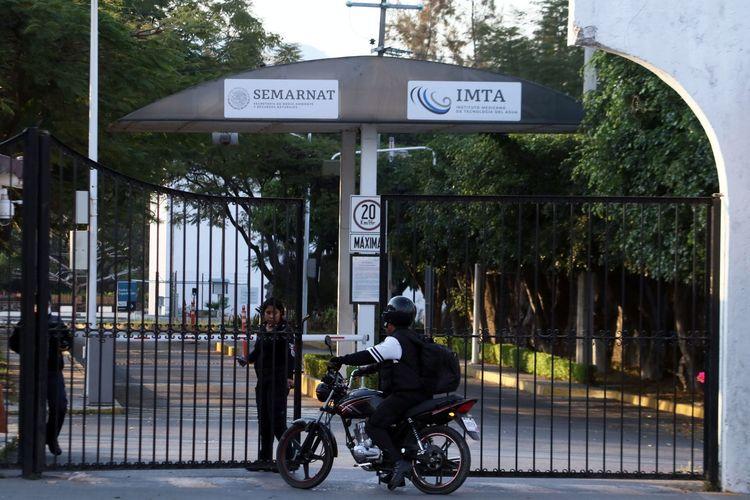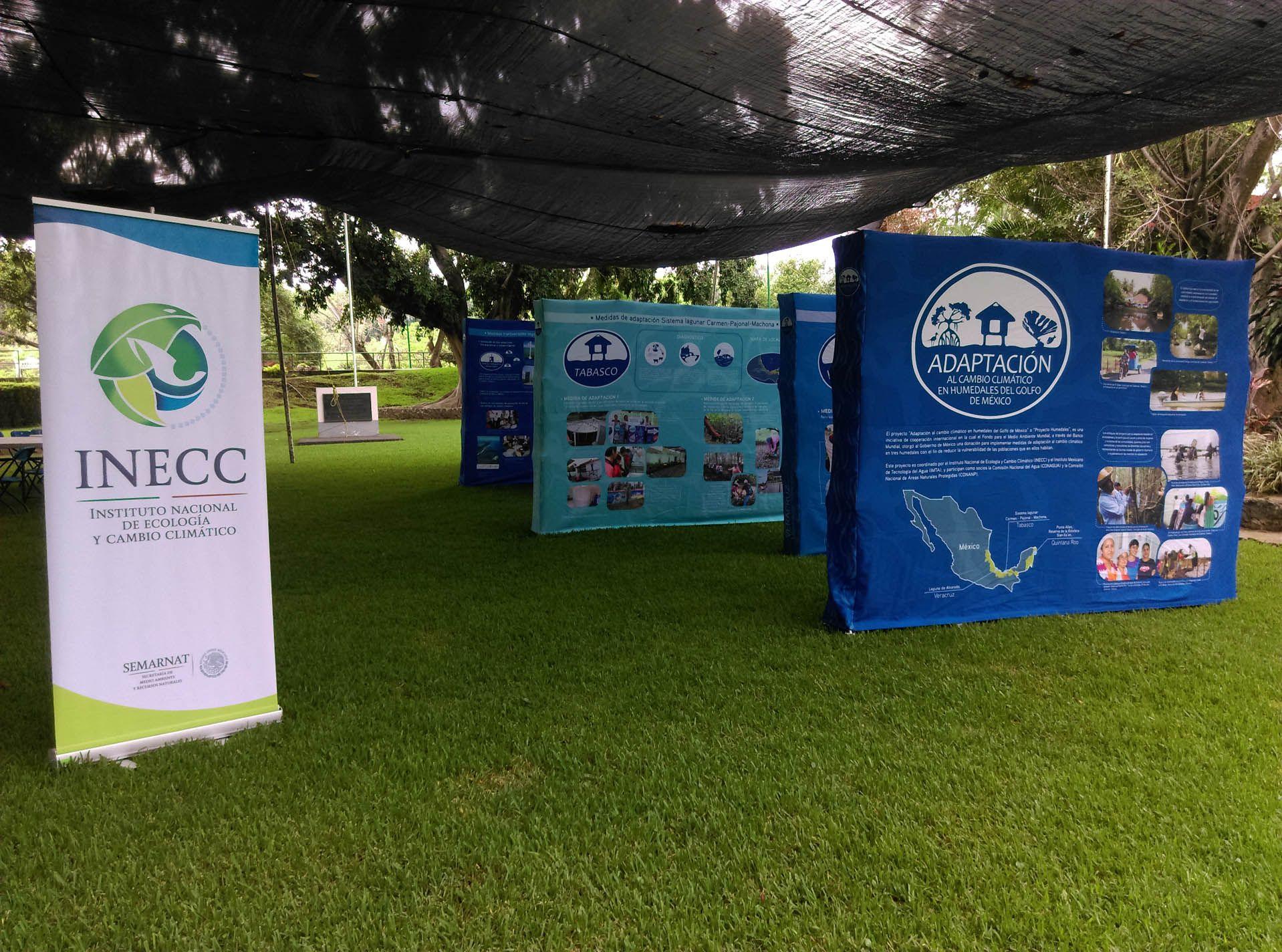The decision to disappear the National Institute of Ecology and Climate Change (INECC) and the Mexican Institute of Water Technology (IMTA) puts at risk the research of decentralized organizations carried out for the purpose of developing environmental policies.
“The existence of these institutes, such as the IMTA and the INECC, is essential to have better policies that are supported by scientific knowledge. They are not institutes dedicated in the abstract to research,” said Enrique Provencio, a researcher who is a member of the board of directors of the Interdisciplinary Center for Biodiversity and Environment (CEIba).
In an interview with Journalism Causa Natura, Enrique Provencio, who was director of the INECC from 1997 to 2000, described as complex and without arguments the plan for this six-year term to incorporate the IMTA into the National Water Commission (Conagua) and the INECC into the Secretariat of Environment and Natural Resources (Semarnat).
“It's not that simple for the federal authority to capture and keep track of all scientific research. The dynamics don't allow it... This risk is very delicate because not all the work they do at the IMTA or the INECC can be carried out within the Semarnat or the National Water Commission,” he added.
For example, one of the contributions where INECC stands out has been in air quality and waste management, as is the case of the Basic Diagnosis for Integral Waste Management (DBGIR).
Regarding the IMTA, it is reflected in the design of regulatory systems for drinking water, devices for measurement, as well as the monitoring of basins and bodies of water at risk, such as the Santiago River, in Jalisco, or the Tula River, in Hidalgo.
But it was on December 16 when President Andrés Manuel López Obrador announced the disappearance of the INECC. A day later, Semarnat made the news official with a statement in which it expressed the decision to disappear both organizations.
The explanation was “profound administrative reforms to use public resources for clear objectives, avoid duplication of functions and close spaces to corruption”.
Despite the fact that environmental authorities indicate that the labor rights of workers will be respected to make the change, until the close of this interview there is no official information about the modifications.

Photo: Margarito Pérez Retana/Cuartoscura
...
—To understand the integration of the INECC to Semarnat and the IMTA to Conagua, what was the purpose of these bodies existing?
What has always been a matter of the federal authority having institutions specifically dedicated to coordinating or carrying out research related to public policies.
This is very important because they are not institutes or research centers like any other. It is a matter of rigorous and scientific support for the formulation and evaluation of policies.
The federal authority such as Semarnat, which is primarily dedicated to regulation as an enforcer of policy, does not have adequate mechanisms to carry out investigations. It is very complex to do both things simultaneously.
—So, can we say that part of what is at risk is research?
Definitely. What is at risk with these changes is that the federal environmental authority loses supports, working arms that are not oriented to the operation of policies, but to their better knowledge, their better formulation and their better evaluation.
The risk is already being taken, it has been clearly announced that there is a general management or coordination of Semarnat that will absorb the INECC, as well as Conagua the IMTA, because it was argued that they duplicated functions.
That's a contradiction. At the INECC, for example, we work on air quality, environmental sanitation, ecosystem conservation, ecological management, among many other issues that Semarnat currently does not manage and with its budgetary restrictions it is very difficult to carry it out.
They also said that resources were being distracted that should be applied to overcoming poverty or in other areas of social policy, but it's like thinking that what agencies do doesn't benefit the population, and above all, it's like saying that it doesn't benefit the poor population.
In short, the main arguments they gave are false, and therefore should not have been taken into account.
— And what are the causes of this?
One part is the budgetary reduction for the entire environmental sector that actually began to take place since 2015 and 2016, mainly for economic reasons. It was the process of fiscal consolidation and the loss of the environmental budget that began to occur in those years as part of the control.
There was also a reason for misunderstanding both the government of President Enrique Peña Nieto and the current administration of President López Obrador, who reduced the priority of environmental policy.
Under President Peña Nieto, environmental policy was seen as secondary and subordinate to economic strategy, but that is also happening now. There is direct disregard, in particular for climate change actions. And this second element is the most important, because if higher priority were given to the environmental issue, they would be dedicating more budget to it.
—On March 11, the changes to the Organic Statute of the INECC were published in the Official Gazette of the Federation, is there still a possibility of reversing the decision?
In the case of the IMTA, they can disappear with administrative measures. In the case of the INECC, the only thing that could stop this measure is that the Congress of the Union did not agree to reform the General Law on Climate Change, which is its source of creation.
However, realistically, I find it difficult because it is part of a general strategy of centralizing policies that affects decentralized public bodies such as the National Commission for the Knowledge and Use of Biodiversity (Conabio) or the National Commission for Protected Natural Areas (Conanp).
This centralization of politics makes no sense. Even the president himself went so far as to say that the INECC was of an autonomous order, that is false. It is a decentralized body, but it is not independent of Semarnat. It has to obey the guidelines of the National Development Plan, it is not sent alone...
—If we continue with the incorporation, what can we expect?
We talk about institutes with highly trained staff, who have been selected from professional people from universities or research centers. Losing such personnel would be fatal for the Government itself. It's losing capacities, it's losing human resources that have taken a lot of work to train.
In theory, it should not be lost, however, that is going to be very difficult because merging an entire institute with several general directorates into a single coordination means affecting their working conditions.
The problem is that by ceasing to be a decentralized body, it will lose flexibility, efficiency and operational capacity, because it is only a general management embedded within the structure of Semarnat.
My opinion is very simple, not only should they not disappear, on the contrary, they must be financially and politically strengthened, especially now that global commitments to climate change and the internal needs of the climate transition in Mexico require capable and powerful bodies.



Comentarios (0)